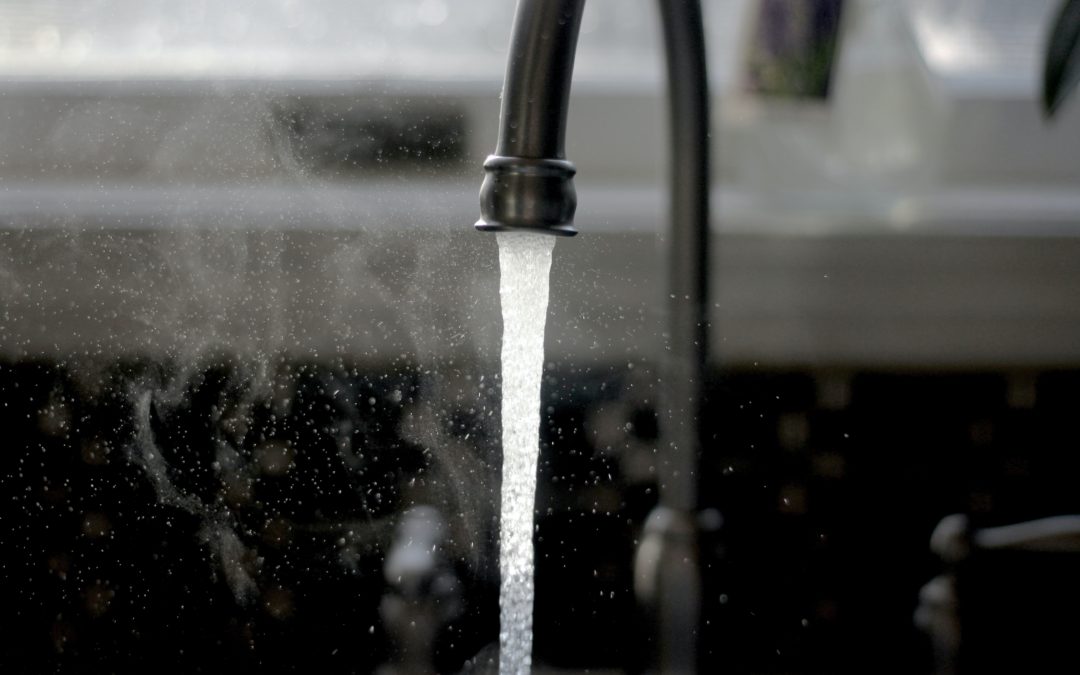
A material with the ability to absorb the two different toxic heavy metals arsenic and chromium have been discovered by ORNL’s Santa Jansone-Popova of the Chemical Sciences Division, and Ping Li, both from the Department of Energy’s Oak Ridge National Laboratory.
The results of the study was published in Small and shows that this new material can absorb both chromium and arsenic in a balanced 2-to-1 ratio, according to Oak Ridge National Laboratory. This material creates a type of synergy between the chromium and arsenic capture meaning that the more chromium it grabs, the more arsenic it can remove.
“It is rare for an adsorbent to capture two pollutants simultaneously, and to work quickly and efficiently in realistic scenarios to address the broad range of water conditions worldwide,” Jansone-Popova said.
When these two elements are in water, they dissolve to form chromate and arsenate oxoanions, which can also be described as salts. The tricky thing with arsenic and chromium is that they do not degrade and are permanent in the environment unless they are removed. Also, when trying to remove them targeted approaches are needed in order to separate these metals from harmless mineral salts which are vital for the ecosystem.
Jansone-Popova are working with a group of researchers specializing in the study of absorbents – materials designed to target specific elements and bind them to a surface. When designing absorbents, selectivity is vital. Why? Because the goal is to grab only targeted elements, capture as much as possible and bind them to the limited surface before the absorbent is full and needs to be replaced or recycled.
“They are one of the most promising water treatment options because they are affordable, easily deployed and can work quickly to filter water supplies, but they need to be tailored for practical use in cleanup scenarios,” Jansone-Popova said. “The challenge is to design materials that can effectively isolate trace amounts of harmful elements that are very similar to the bulk chemical species found in water.”
Oak Ridge National Laboratory writes that Jansone-Popova previously worked on a “design of an adsorbent with high selectivity for chromate that works rapidly and in the presence of competing species to decontaminate water.” According to a study published in Environmental Science and Technology, his novel material decreased chromate concentrations 100-fold within one minute (1 part per million to 10 parts per billion).
Teaming up with Ping Li makes it possible for the researchers to develop a material that can capture both chromate and arsenate.
“Our starting material is highly effective at capturing chromium in its most toxic form, hexavalent chromium, but the approach was not designed to be selective for arsenic,” Li said. “As this reaction happens, however, the material changes, creating a platform for new chemistries.”
New modifications to the material also makes it possible to form stable chromate-arsenate clusters that are strongly tied to the surface of the absorbent. This means that the material effectively traps the toxins permanently and that they can’t be washed off or detached from the absorbent without intentional removal by a chemical process.
“Fundamental discoveries like these can help us reduce toxic pollutants in the environment and meet regulatory goals for clean water,” Jansone-Popova said.





